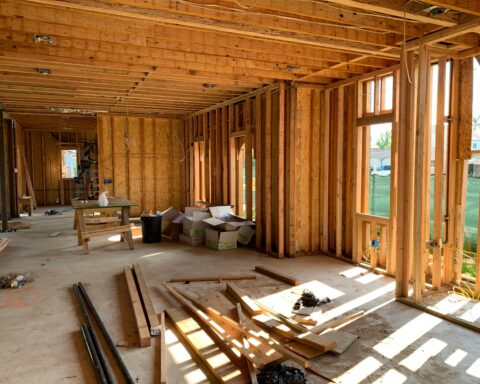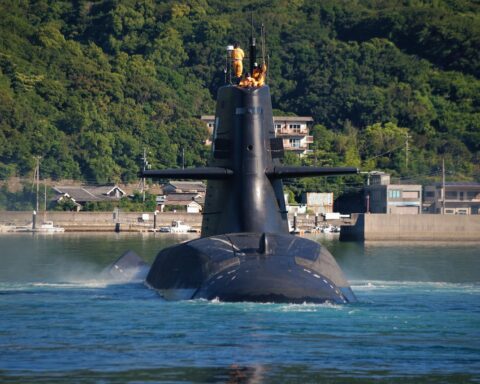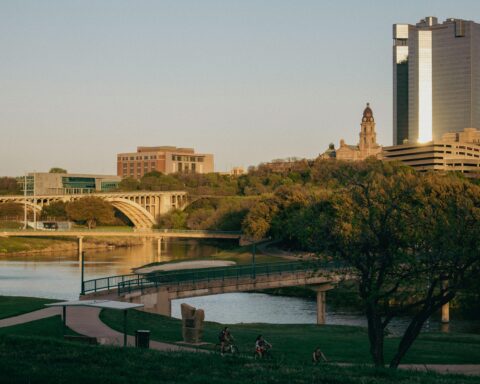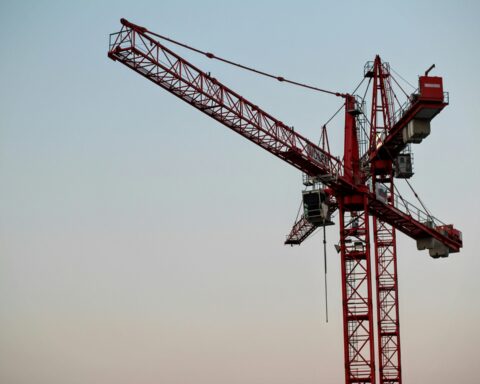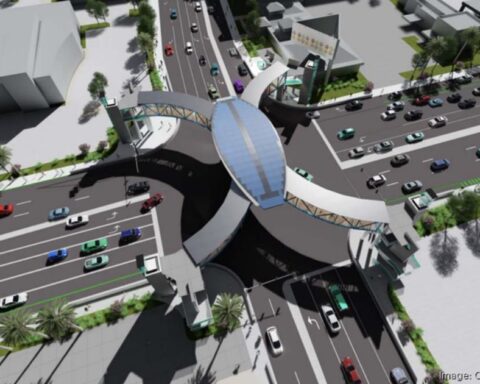Arizona’s transportation infrastructure needs are expected to amount to $231.4 billion in investments over the next 25 years, according to a long-term plan adopted in October.
The final document by the Arizona Department of Transportation (ADoT) serves as a policy-based blueprint rather than a project-based plan. It does not endorse specific projects. Updated every five years, the refreshed plan also places an emphasis on preserving and maintaining existing infrastructure, along with improved highways in rural areas.
Arizona’s statewide transportation needs through 2050 will require $231.4 billion in investments starting in 2026. That figure is far short of the state’s projected total revenue of $69.1 billion between 2026 and 2050. The revenue forecast includes state, federal and regional transportation funds as well as federal dollars from the Infrastructure Investment and Jobs Act. The end result is a project funding gap of $162.3 billion. Increased construction costs caused by inflation have contributed to the state’s funding gap since the plan’s last iteration.
The lion’s share of the spending, $170.2 billion or 73.7%, will go to Arizona’s State Highway System. Aviation infrastructure is projected to need $19.9 billion. Central to the plan is a “Preserve and Upgrade” investment scenario. This initiative commits a higher funding priority to preserving existing infrastructure through activities like paving and bridge repairs.
Arizona’s transportation system includes 7,000 miles of roadways, interstates, freeways and principal arterials. Keeping the roads in acceptable condition will require $63.3 billion worth of pavement between 2026-2050, according to the plan. Future investments of $88.1 billion within the State Highway System (SHS) “will likely be needed to accommodate population growth,” the plan reads.
Keeping ADoT’s complement of 4,800 bridges in acceptable long-term condition will require an 11% spending increase, totaling $8.8 billion. Other priorities include $17.5 billion toward passenger rail, a tranche of spending that notes “a potential passenger rail alternative between Tucson and Phoenix.”
That plan also identifies the need for $3.4 billion toward transit, and $13.1 billion toward a basket of programs, bundled as Congestion Mitigation and Air Quality Improvement, Highway Safety Improvement Program and Transportation Alternatives. Electric vehicle infrastructure will also get a jolt of $69.3 million.





